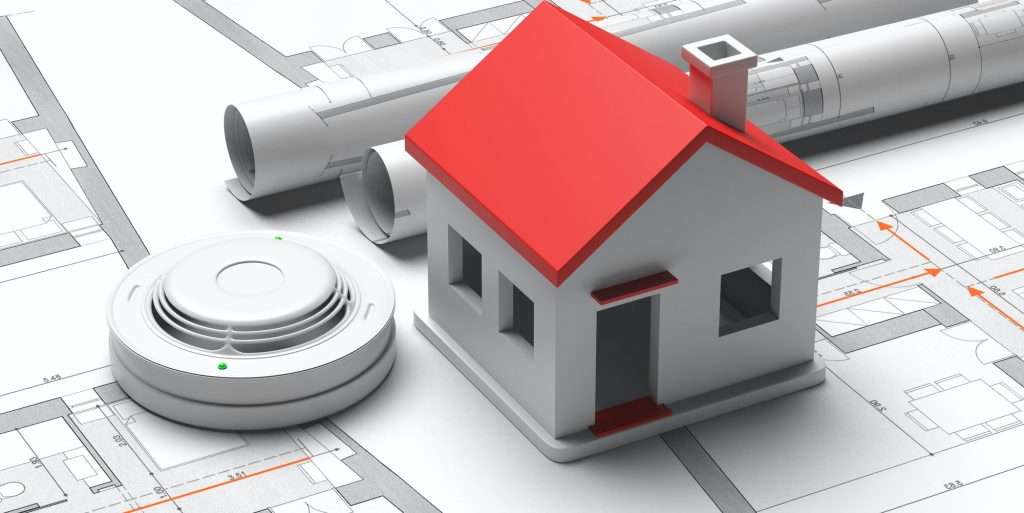Residential Fire Prevention
Influencing Policy & Legislation
Support statewide legislation and/or county or municipal policies that:
- Require smoke alarms be installed on all habitable levels and in all sleeping areas of residential homes
- Require carbon monoxide detectors be installed on all habitable levels of residential homes
- Adopt the 2009 International Residential Code requirement that all new one- and two-family homes include a residential sprinkler system.

Changing Organizational Practices
- Work with local fire departments to:
- Install smoke alarms in homes
- Install carbon monoxide detectors in homes
- Encourage installing sprinklers in existing homes
- Work with insurance agencies to provide homeowner discounts for homes with residential sprinkler systems
Fostering Coalitions & Networks
- Convene and/or participate in local fire prevention coalitions/workgroups.
Educating Providers
- Work with healthcare providers to provide information during visits about smoke alarms, residential sprinkler systems, carbon monoxide detectors, and preventing residential fires
- Work with senior service centers to provide information about smoke alarms, residential sprinkler systems, carbon monoxide detectors, and preventing residential fires
- Work with child care providers to provide information about smoke alarms, residential sprinkler systems, carbon monoxide detectors, and preventing residential fires
- Work with homeowner associations to provide information about smoke alarms, residential sprinkler systems, carbon monoxide detectors, and preventing residential fires
Promoting Community Education
- Promote widespread public education to regularly change smoke alarm batteries and use 10-year lithium batteries instead of alkaline ones.
- Promote widespread public education of the U.S. Fire Administration recommendation that every residence and place where people sleep be equipped with either (a) both ionization and photoelectric smoke alarms, or (b) dual sensor smoke alarms (which contain both ionization and photoelectric smoke sensors)
Strengthening Individual Knowledge & Skills
- Advise families to develop a family fire escape plan and practice it every 6 months. Every family member should be able to describe at least two different ways to escape every room, and know the designated safe place in front of the home for family members to meet after escaping a fire.
For more information, go to:
